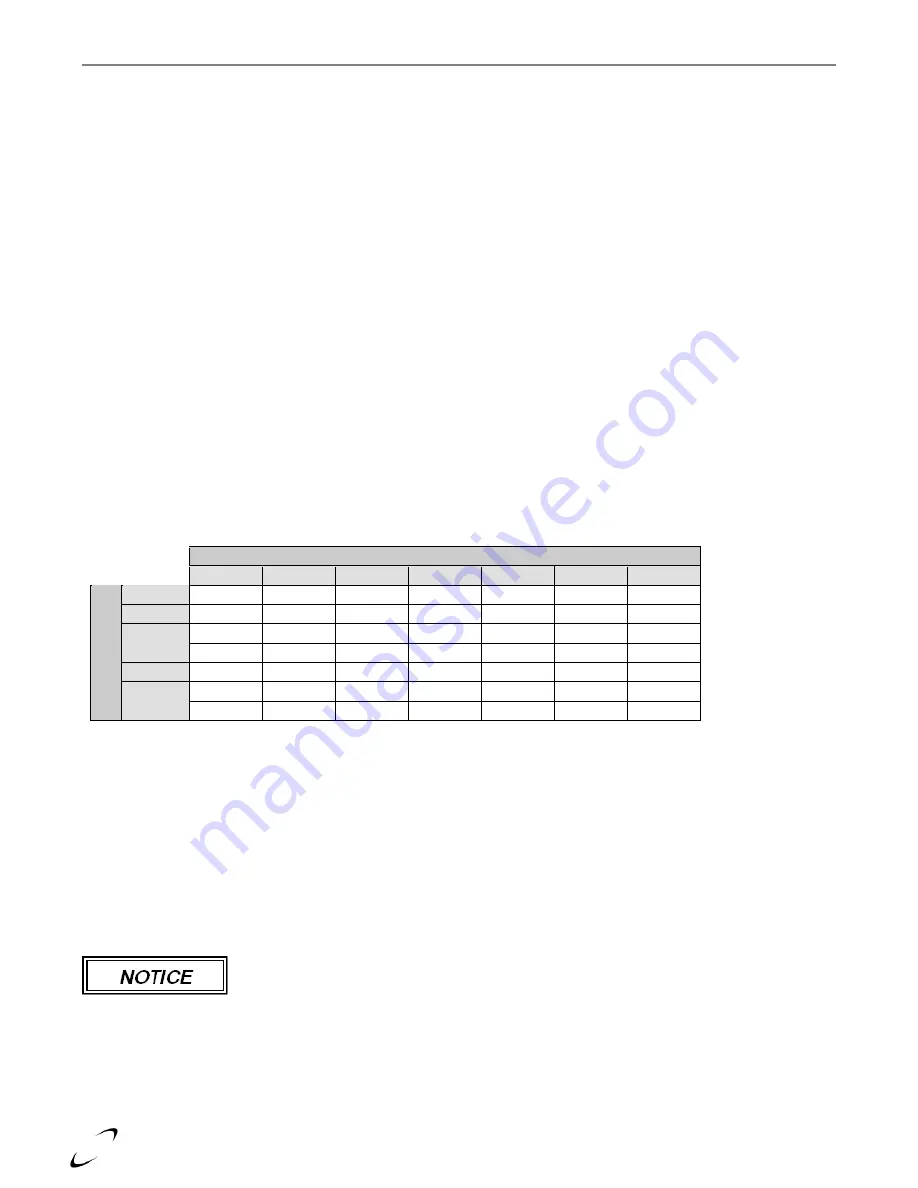
Trinity
│
Installation and Operation Instructions
Tx Series
50
DHW Limitations –
Since the Tx-Combi produces domestic hot water instantaneously; there are inherent
limitations of the system:
NO STORAGE – Overall flow through the fixtures must be regulated/limited so not to exceed the ability of
the boiler to heat the water. Exceeding the flow rate indicated in Table 11-1 or 11-2 will result in cooler than
desired hot water.
COLD START OPERATION – Normally the boiler only fires the burner when there is hot water flow,
therefore you can expect an added delay in the delivery of hot water, due to the time associated with igniting
the burner and heating the water. Also, if the flow at the fixture is momentarily turned off, then turned back
on again, the burner will follow suite. This will cause cold unheated water to pass through the unit, and
advance through the domestic plumbing between the previously heated (hot) water, and the newly heated
(hot) water. This can be mistaken for an inability to adequately heat the water and is often referred to as “Cold
Water Sandwich”, since there is cold water “sandwiched” between hot water. Turning the “Preheat Mode”
ON will improve the delivery of domestic hot water and limit the “Cold Water Sandwich” effect.
Preheat Mode –
For improved domestic hot water comfort, the Tx-Combi incorporates a “Preheat Mode” feature
(Installer Menu setting 2-10). When set to ON the boiler control will function to keep the DHW preheated to
limit the wait time associated with a tankless hot water system, and to help avoid the “Cold Water Sandwich”. In
systems where a storage tank is used (See Figure 11-2), Preheat Mode should be disabled, e.g. set to OFF.
Procedure for Setting up Domestic Hot Water –
If the Combi is being installed in an application that uses
municipal water, often the pressure is high enough to generate flow rates at the faucets that will exceed the
appliances capacity to heat it. See the following tables to determine the maximum flow rate that can be heated at
given inlet and outlet water temperatures.
Table 11-1 Tx151C DHW Maximum Flow Rates (USgpm)
Inlet Water Temperature (deg. F)
40
45
50
55
60
65
70
O
u
tlet W
ater
(
F
)
110
3.9
4.2
4.5
4.9
5.4
6.0
6.7
115
3.6
3.9
4.2
4.5
4.9
5.4
6.0
120
3.4
3.6
3.9
4.2
4.5
4.9
5.4
125
3.2
3.4
3.6
3.9
4.2
4.5
4.9
130
3.0
3.2
3.4
3.6
3.9
4.2
4.5
135
2.8
3.0
3.2
3.4
3.6
3.9
4.2
140
2.7
2.8
3.0
3.2
3.4
3.6
3.9
To avoid having too much flow at the faucets use an isolation valve to limit the overall flow of domestic hot
water. Follow these instructions to achieve the best delivery of DHW:
Open throttle/isolation valves fully.
Turn the dial on the mixing valve to the desired setting (recommend 120˚F max.).
Create the maximum amount of DHW flow that is likely to occur on a regular basis. (Usually tub faucet,
or choose two other faucets)
Observe the flow rate indicated on the Tx display (User Menu 1-05), if greater than the applicable flow
rate in Table 11-1 then throttle an isolation valve until the maximum flow rate is achieved.
If the flow rates listed in Table 11-1 are not high enough for the application, install a
storage tank with re-circulating loop as per below and Figure 11-2.
















































